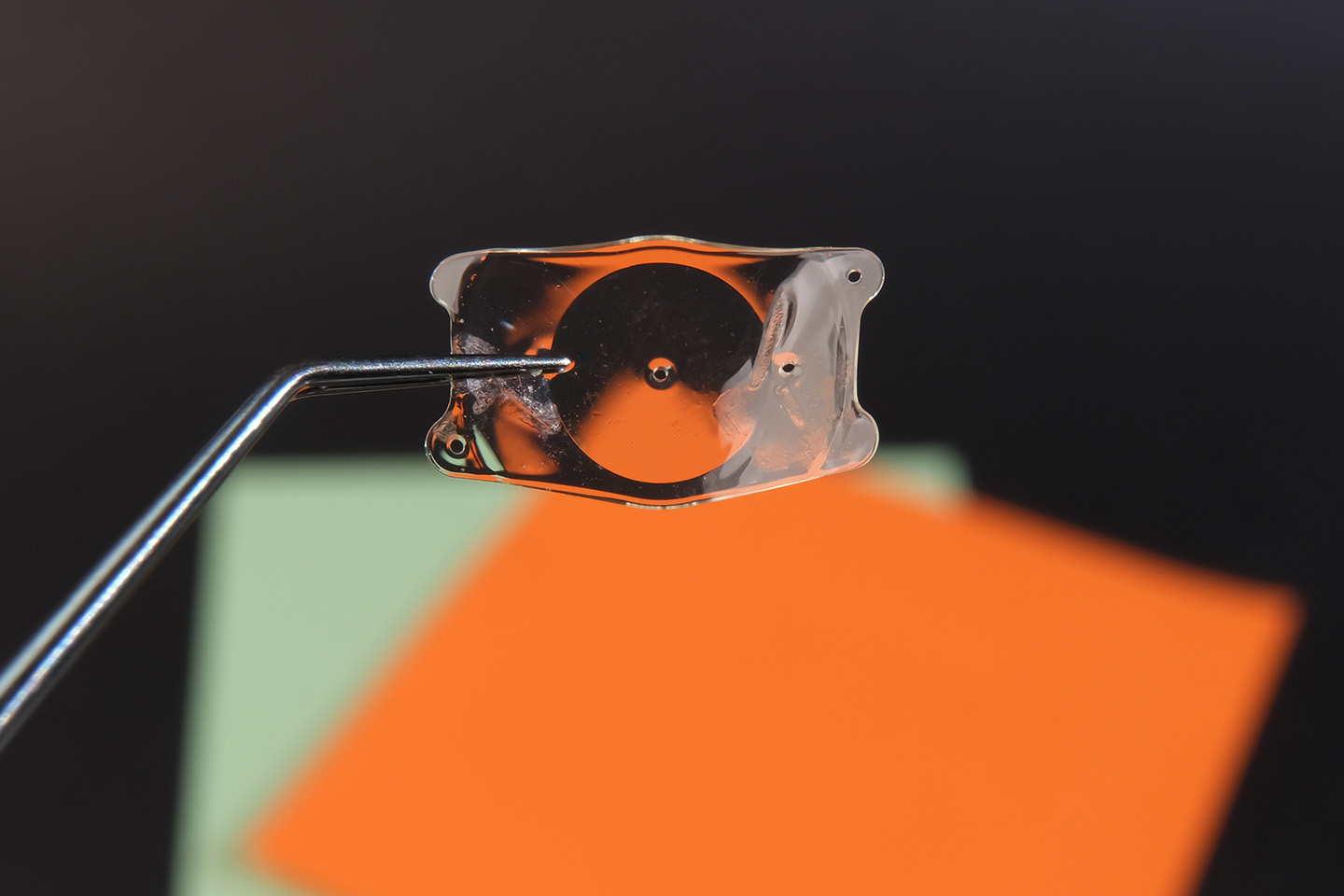5 Signs You May Have Glaucoma

Though glaucoma can cause significant vision loss and blindness, detecting it early is one of the best ways to counteract its effects.
According to the Centers for Disease Control and Prevention, glaucoma ranks among the leading causes of blindness in the United States. Unfortunately, glaucoma typically progresses so slowly that many people don’t notice it until it has reached an advanced stage. In some cases, however, the disease strikes suddenly — seemingly out of nowhere.
Either way, once glaucoma symptoms become apparent, patients often require immediate medical attention in order to decelerate their vision loss.
More common among older adults, glaucoma falls into two broad categories, each with a different set of characteristics and symptoms. With both types, glaucoma is a result of a buildup of fluid in the eye that damages the optic nerve — the main conduit of visual images from the retina to the brain.
The Types and Symptoms of Glaucoma
Primary open-angle glaucoma is the more common variant of the disease, affecting some 2.2 million people in the U.S. alone. With this form of the disease, the trabecular meshwork — the eye’s normal drainage system located between the cornea and the iris — is blocked. When fluid (aqueous humor) cannot drain properly, the pressure in the eye rises to dangerous levels.
Primary open-angle glaucoma advances gradually, so much so that patients may only become aware of its progression once the following symptoms appear:
- Blindspots in one’s central or peripheral vision
- Tunnel vision (particularly in the advanced stages of the disease)
Like primary open-angle glaucoma, acute angle-closure glaucoma is caused by excess fluid in the eye. In this case, however, an enlarged iris impedes the flow of fluid in the angle between the cornea and iris.
Unlike with primary open-angle glaucoma, patients with acute angle-closure glaucoma experience symptoms suddenly. These symptoms may include:
- Severe headaches
- Eye pain or redness
- Nausea and vomiting
- Blurry vision
- “Halos” appearing around lights
Any of these sudden symptoms may indicate acute angle-closure glaucoma — a medical emergency that must be treated swiftly by a specialist. To test for glaucoma, a doctor will perform a comprehensive eye exam that measures pressure within the eye, corneal thickness, the eye’s drainage angle, peripheral vision, and optic nerve damage.
How Glaucoma Is Treated
The slow-moving nature of the disease makes it imperative for older adults and individuals with a family history of glaucoma to get checked yearly by an eye care specialist. If detected early, glaucoma patients can prevent or minimize vision loss with several therapies.
Initially, an ophthalmologist may prescribe eye drops that either reduce eye pressure by improving the flow of liquid in the eye or decrease the amount of water the eye produces (thereby decreasing pressure). There are many types of eye drops available, and each can cause side-effects for certain patients. As such, it’s important to discuss your full medical history with your eye care specialist.
In some more extreme cases, a doctor might recommend laser surgery to open up clogged drainage angles. In others, a doctor might suggest implanting a stent that siphons fluid into a reservoir under the conjunctiva — the membrane inside of the eyelid and the white of the eye — as an alternative surgical option. After this procedure, nearby blood vessels absorb the excess liquid that accumulates in the reservoir.
Ultimately, both types of glaucoma are serious eye diseases. Fortunately, with early detection and a treatment plan tailored to your needs, you can maintain healthy eyesight for your entire life — even after a glaucoma diagnosis. The specialists at Swagel Wootton Eye Institute have years of experience helping patients manage their glaucoma, and are ready to help you keep living your fullest life. Contact the office today to schedule an appointment at our Mesa and Chandler locations








